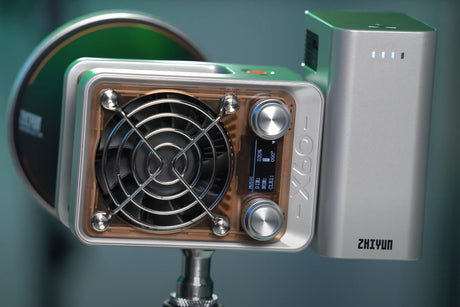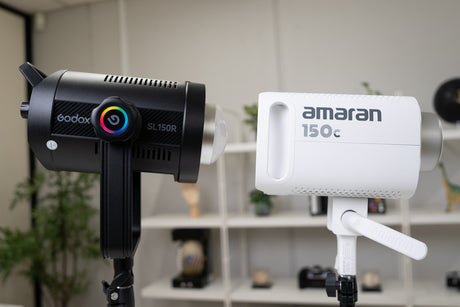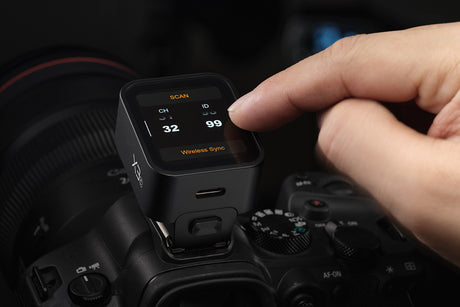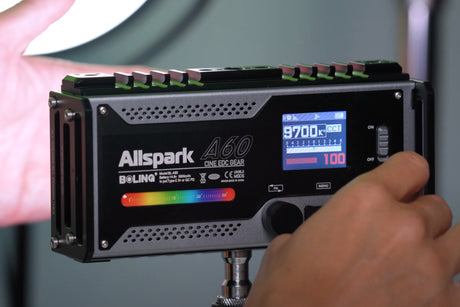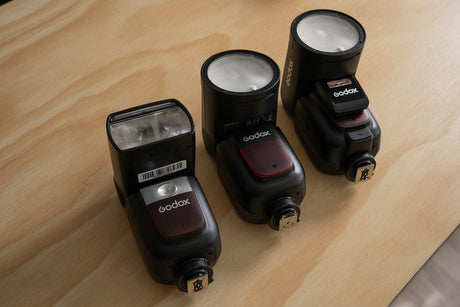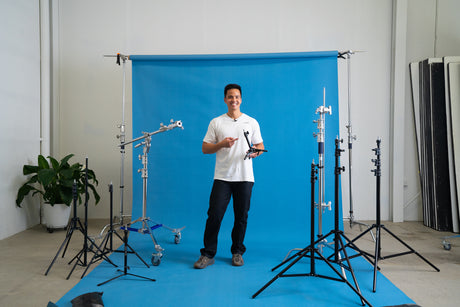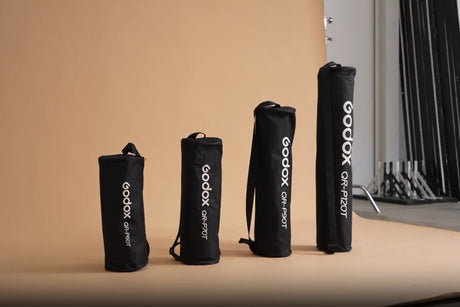In its most basic form, a digital camera is a photographic device consisting of a lightproof box with a lens at one end, and a digital image sensor at the other in place of the traditional film plane. Advances in digital photography are fast providing a wide spectrum of features and options that can be challenging for the new digital photographer to master. There are two basic types of digital cameras: digital single-lens reflex (DSLR) and digital rangefinder.

Digital Single-Lens Reflex (DSLR)
This camera is named for the reflexing mirror that allows you to frame the image through the lens prior to capturing the image. As light passes through the DSLR camera’s lens, it falls onto a reflexing mirror and then passes through a prism to the viewfinder. The viewfinder image corresponds to the actual image area. When the picture is taken the mirror reflexes, moves up and out of the way, allowing the open shutter to expose the digital image sensor, which captures the image. Most features on a DSLR are adjustable, allowing for greater control over the captured image. Most DSLR cameras also allow the use of interchangeable lenses, meaning you can swap lenses of different focal lengths on the same camera body.
Digital Rangefinder
There are two classes of digital rangefinder cameras: coincident rangefinder and point-and-shoot.
Coincident Rangefinder
Unlike DLSR cameras, the coincident rangefinder does not offer the photographer with the capability to view the subject through the lens.
Instead, the coincident rangefinder employs a mirror or prism that uses triangulation to join the images seen through the viewfinder and a secondary window to bring the subject into focus. The photographer sees two images; one on top of the other in the viewfinder. The image is not in focus until there is a single image. When using the DSLRs, most features in a coincident rangefinder are changeable. This allows for maximum control over the captured image. An advantage of using a coincident rangefinder over a DSLR is that the absence of a rotating, or reflexing, mirror significantly reduces camera shake. Camera shake is due to unstable hand movement or the vibration of the rotating mirror found in a DSLR, and can cause blurring of the image.
Digital Point-and-Shoot
This is a lightweight digital camera, appropriately named after the two steps required for the photographer to capture an image. Basically, point-and-shoot cameras require pointing the camera and taking the picture without manually adjusting settings such as the aperture, shutter speed, focus, and other settings that professional photographers usually set on more sophisticated cameras. Of course, some point-and-shoot digital cameras do include flexible aperture and shutter settings. Point-and-shoot digital cameras are normally light and small, have built-in automatic flash, require no adjusting of focus, and most often include an LCD display that allows you to view the image through the lens in real time via the digital image sensor. Most manufacturers of point-and-shoot cameras separate the viewfinder from the lens assembly to simplify the mechanism and achieve a compact size. The lens, aperture, and shutter are one assembly, permanently fixed from the camera itself
Because rangefinder cameras separate the optical path between the viewfinder and the lens assembly, optical compression and frame indicators (guidelines) are used to approximate the image’s frame. This approximation often causes subtle differences between what the photographer sees in the viewfinder and what is captured in the image. This is especially noticeable when the subject is close to the camera.



